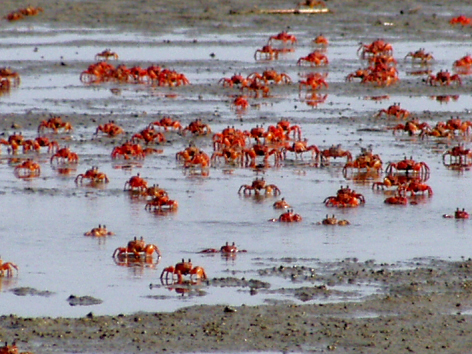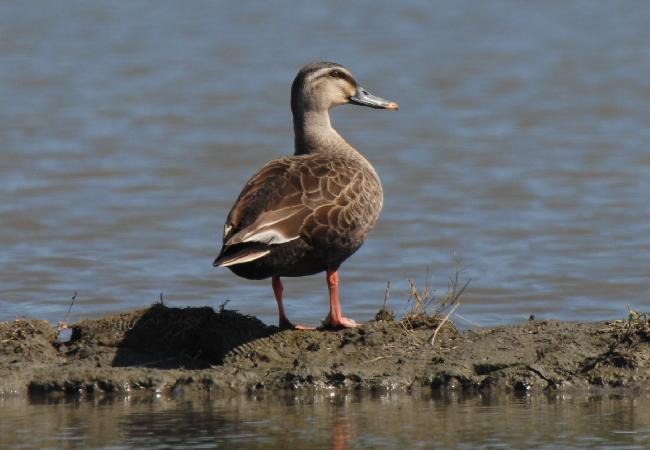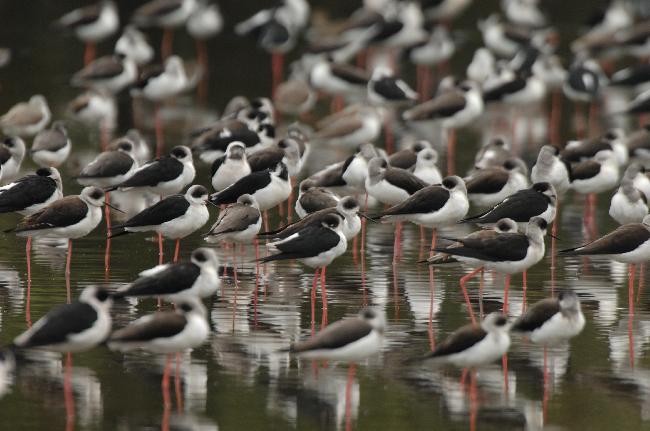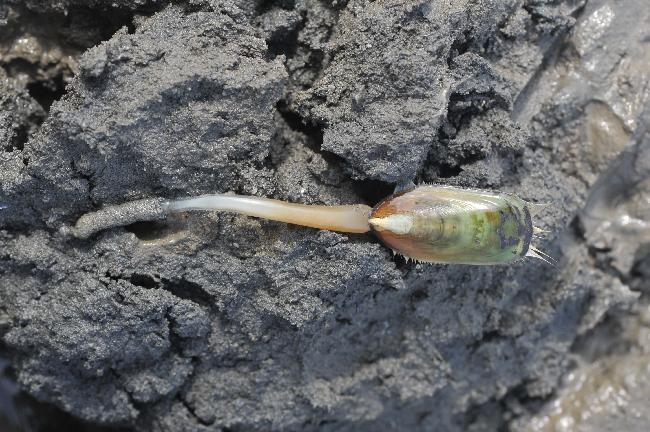Taiwan's Wetlands of Importance
Map of Taiwan's Wetlands
Siangshan Important Wetland
Date:2019/04/18
Number of Visitors1204

-
Number
TW009
-
Area
1,768 ha
-
Chinese Name
香山重要濕地
-
Category
Coastal natural wetlands
-
Name
Siangshan Important Wetland
-
Administrative area
Siangshan District, Hsinchu City
-
Related plans
Wildlife Refuge, Major Wildlife Habitats
-
Related authorities or units
Hsinchu City Government
-
Boundaries
This wetland stretches from Keya Estuary in the north (including the area near Jincheng Lake) to the unnamed stream in the south (on the border between Hsinchu County and Miaoli County), and from the coastline in the east to the low water lines in the west (excluding the existing Haishan Fishing Harbor, Jinshui Sanitary Landfill and the reserved site for Keye Sewage Treatment Plant).
-
Introduction
This stretch of wetland is a sprawling area of mudflats, which includes diverse ecosystems, such as estuarine wetland (at the mouth of the Keya river), salt marsh (on the shores in Dazhuang, Meishan and Shangu), mangrove forest (along the shore in Haishan), and tidal flats (the shores in Chaoshan, Meishan and Xiangshan). Its well-endowed natural environment has been breeding grounds for an abundance of shrimp, crabs and shellfish and an ideal habitat for a large population of shorebirds.
-
Ecological resources of importance
The terrestrial plants in this wetland are primarily mangroves, including the Kandelia, black mangrove, and Rhizophora stylosa Griff. Near the shore are mainly emergent marsh and submergent algal bed, such as Bolboschoenus planiculmis, seashore dropseedgrass, annual sea-blite, sea purslane, Zostera japonica, and Ulva intestinalis. As for terrestrial animals, the 2015 survey recorded 186 species of birds belonging to 114 genera and 45 families, with shorebirds taking up a larger proportion, including the mandarin duck, black-necked grebe, great cormorant, Chinese egret, black-faced spoonbill, and Eurasian spoonbill.
-
Endangered species
Black-faced Spoonbill, Spotted Greenshank, Peregrine Falcon.
-
Rare and valuable species
Saunders' Gull, Chinese Egret and Northern Sparrow Hawk, Bersa Sparrow Hawk, Pernis ptilorhynchus, Grey Frog Hawk, Eastern Marsh Harrier, Osprey, Common Kestrel, Crested serpent Eagle, European Hobby, Asian Crested Goshawk, Grey-faced Buzzard Eagle, Painted Snipe, Little Tern, Melodious Laughing Thrush, Common Pheasant, and Yellow Turtle.
-
Types to be conserved
Formosan Mlue Magpie, Brown Shrike, Banded Krait. Taiwan Fiddler Crab, Ghost Crab, Austinogebia wuhsienweni, Sipunculus nudus, Arachnoides placenta, and Lingula adamsi.
-
The current situation and potential threats of wetlands
Since establishment of the Keya Water Recycling Center, the Taiwan Fiddler Crab population has declined by 75% (15,000), with only 25% (5,000) remaining. In the past, there had been incidents of food poisoning in people due to consumption of oysters with high heavy metal content. The number of birds and shellfishes seems to have declined over the past ten years. The precious wetland has been destroyed in many ways. During holidays, people drive jeeps directly onto the beaches during low tide. Many food vendors set up their stands on the levee, and trash left by visitors flies into the refuge.
-
Participating in recommended units
Forest Bureau, Council of Agriculture; Economic Development Department, Hsinchu City Government; ROC Wild Bird Association, Hsinchu City Wild Bird Association




